Related Research Articles
Anarchism is a political philosophy and movement that is skeptical of all justifications for authority and seeks to abolish the institutions it claims maintain unnecessary coercion and hierarchy, typically including nation-states, and capitalism. Anarchism advocates for the replacement of the state with stateless societies and voluntary free associations. As a historically left-wing movement, this reading of anarchism is placed on the farthest left of the political spectrum, usually described as the libertarian wing of the socialist movement.
Anarchist communism is a political philosophy and anarchist school of thought that advocates communism. It calls for the abolition of private property but retention of personal property and collectively-owned items, goods, and services. It supports social ownership of property and the distribution of resources "From each according to his ability, to each according to his needs".
Propaganda of the deed is specific political direct action meant to be exemplary to others and serve as a catalyst for revolution.

The Galleria Vittorio Emanuele II is Italy's oldest active shopping gallery and a major landmark of Milan. Housed within a four-story double arcade in the centre of town, the Galleria is named after Victor Emmanuel II, the first king of the Kingdom of Italy. It was designed in 1861 and built by architect Giuseppe Mengoni between 1865 and 1877.
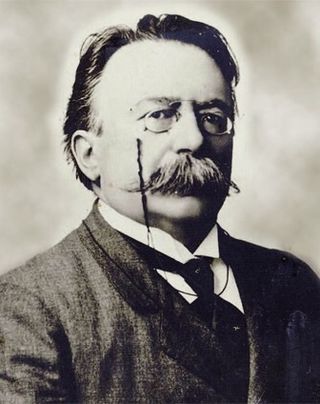
Andrea Costa was an Italian politician who was initiated on September 25, 1883 to the Masonic Lodge "Rienzi" in Rome and progressively become 32nd-degree Mason and adjunctive Great Master of the Grande Oriente of Italy.
The history of anarchism is ambiguous, primarily due to the ambiguity of anarchism itself. Scholars find it hard to define or agree on what anarchism means, which makes outlining its history difficult. There is a range of views on anarchism and its history. Some feel anarchism is a distinct, well-defined 19th and 20th century movement while others identify anarchist traits long before first civilisations existed.
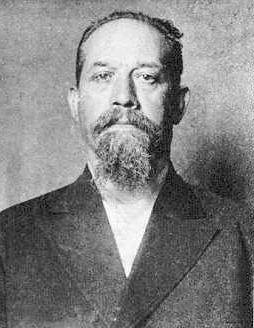
Luigi Galleani was an Italian insurrectionary anarchist best known for his advocacy of "propaganda of the deed", a strategy of political assassinations and violent attacks.

The Jura Federation represented the anarchist, Bakuninist faction of the First International during the anti-statist split from the organization. Jura, a Swiss area, was known for its watchmaker artisans in La Chaux-de-Fonds, who shared anti-state, egalitarian views on work and social emancipation. The Jura Federation formed between international socialist congresses in 1869 and 1871. When the First International's General Council, led by Marxists, suppressed the Bakuninists, the Jura Federation organized an international of the disaffected federations at the 1872 St. Imier Congress. The congress disavowed the General Council's authoritarian consolidation of power and planning as an affront to the International's loose, federalist founding to support workers' emancipation. Members of the First International agreed and even statists joined the anti-statists' resulting Anti-authoritarian International, but by 1876, the alliance had mostly dissolved. While in decline, the Jura Federation remained the home of Bakuninists whose figures engaged on a two-decade debate on the merits of propaganda of the deed. The egalitarian relations of the Jura Federation had played an important role in Peter Kropotkin's adoption of anarchism, who became the anarchist standard-bearer after Bakunin.
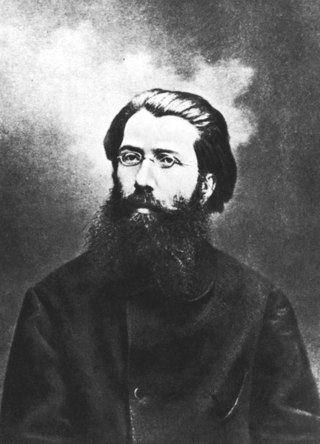
Carlo Cafiero was an Italian anarchist that led the Italian section of the International Workingmen's Association (IWA). An early leader of the Marxist and anarchist communist movements in Italy, he was a key influence in the development of both currents.

The Nuclei Armati Rivoluzionari, abbreviated NAR, was an Italian terrorist neo-fascist militant organization active during the Years of Lead from 1977 to November 1981. It committed over 100 murders in four years, and had planned to assassinate the politicians Francesco Cossiga, Gianfranco Fini and Adolfo Urso. The group maintained close links with the Banda della Magliana, a Rome-based criminal organization, which provided such logistical support as lodging, false papers, weapons, and bombs to the NAR. In November 1981, it was discovered that the NAR hid weapons in the basements of the Health Ministry. The first trial against them sentenced 53 people in May 1985 on charges of terrorist activities.

The Matese is a chain of mountains in southern Apennines, southern Italy.

Raffaele La Capria was an Italian novelist and screenwriter.
Italian anarchism as a movement began primarily from the influence of Mikhail Bakunin, Giuseppe Fanelli, and Errico Malatesta. Rooted in collectivist anarchism and social or socialist anarchism, it expanded to include illegalist individualist anarchism, mutualism, anarcho-syndicalism, and especially anarcho-communism. In fact, anarcho-communism first fully formed into its modern strain within the Italian section of the First International. Italian anarchism and Italian anarchists participated in the biennio rosso and survived Italian Fascism, with Italian anarchists significantly contributing to the Italian Resistance Movement. Platformism and insurrectionary anarchism were particularly common in Italian anarchism and continue to influence the movement today. The synthesist Italian Anarchist Federation appeared after the war, and autonomismo and operaismo especially influenced Italian anarchism in the second half of the 20th century.
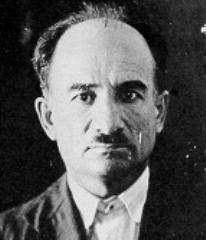
Mario Buda (1883–1963) was an Italian anarchist active among the militant American Galleanists in the late 1910s and best known for being the likely perpetrator of the 1920 Wall Street bombing, which killed 40 people and injured hundreds. Historians implicate Buda in multiple bombings, though the documentary evidence is insufficient to prove his responsibility.

The Five Days of Milan was an insurrection and a major event in the Revolutionary Year of 1848 that started the First Italian War of Independence. On 18 March, a rebellion arose in the city of Milan which in five days of street fighting drove Marshal Radetzky and his Austrian soldiers from the city.

Die Anarchisten: Kulturgemälde aus dem Ende des XIX Jahrhunderts is a book by anarchist writer John Henry Mackay published in German and English in 1891. It is the best known and most widely read of Mackay's works, and made him famous overnight. Mackay made it clear in the book's subtitle that it was not intended as a novel, and complained when it was criticised as such, declaring it instead propaganda. A Yiddish translation by Abraham Frumkin was published in London in 1908 by the Worker's Friend Group, with an introduction by the journal's editor, prominent London anarchist Rudolf Rocker. It was also translated into Czech, Dutch, French, Italian, Russian, Spanish, and Swedish. Die Anarchisten had sold 6,500 copies in Germany by 1903, 8,000 by 1911, and over 15,000 by the time of the author's death in 1933.
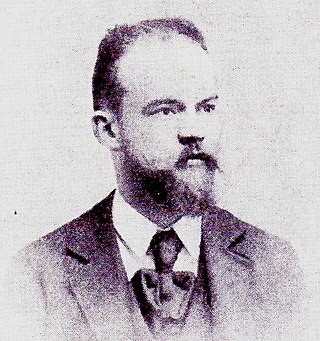
Giuseppe Rensi was an Italian philosopher.
Insurrectionary anarchism is a revolutionary theory and tendency within the anarchist movement that emphasizes insurrection as a revolutionary practice. It is critical of formal organizations such as labor unions and federations that are based on a political program and periodic congresses. Instead, insurrectionary anarchists advocate informal organization and small affinity group based organization. Insurrectionary anarchists put value in attack, permanent class conflict and a refusal to negotiate or compromise with class enemies.

Galleanisti are followers or supporters of the insurrectionary anarchist Luigi Galleani, who operated most notably in the United States following his immigration to the country. The vast majority of Galleanisti or Galleanists were similarly poor and working class Italian immigrants or Italian Americans, and especially Italian anarchists and Italian immigrants or Italian-Americans involved in the labor movement of the time. Galleanists remain the primary suspects in a campaign of bombings between 1914 and 1920 in the United States.
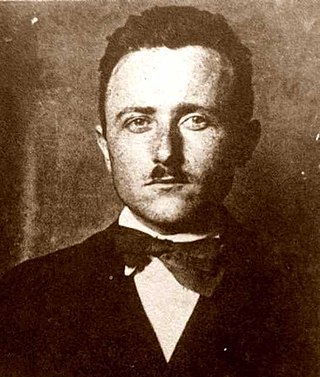
Raffaele Schiavina was an Italian anarchist newspaper editor and writer also known by the pseudonyms Max Sartin, and Bruno. From 1928 to 1970 he edited and wrote for the US-based Italian-language anarchist newspaper L’Adunata dei Refrattari.
References
- ↑ Whelehan, Niall (2012). The Dynamiters: Irish Nationalism and Political Violence in the Wider World, 1867-1900. Cambridge University Press. pp. 64–65. ISBN 978-1-107-02332-1.